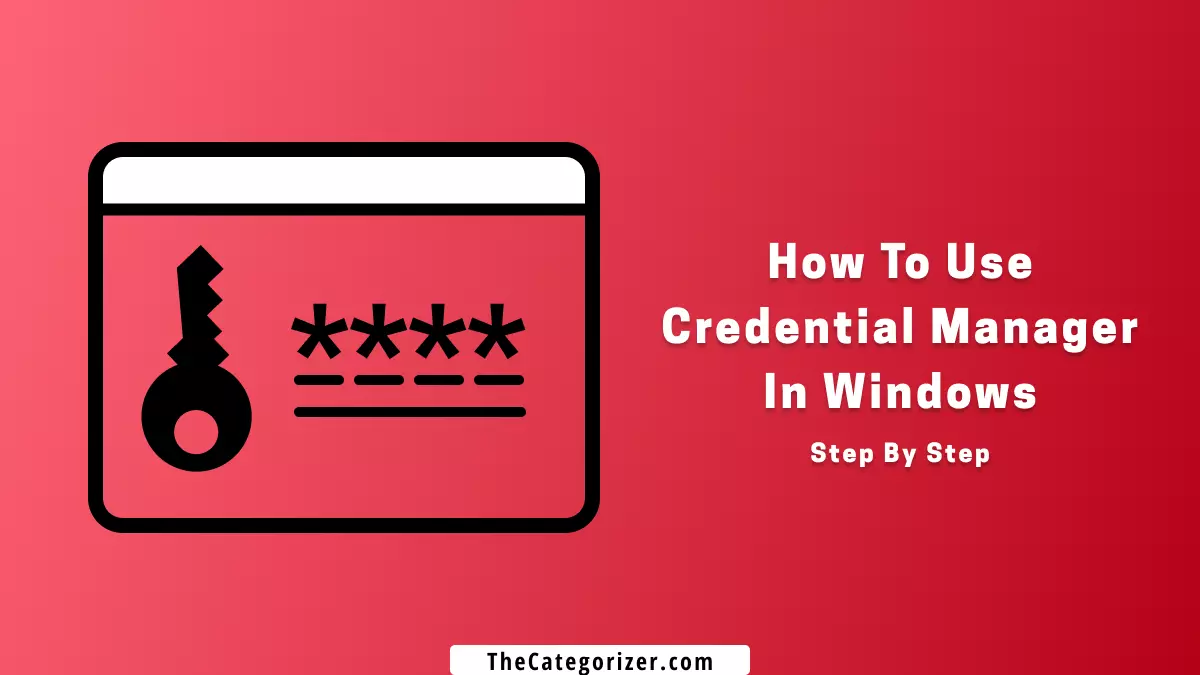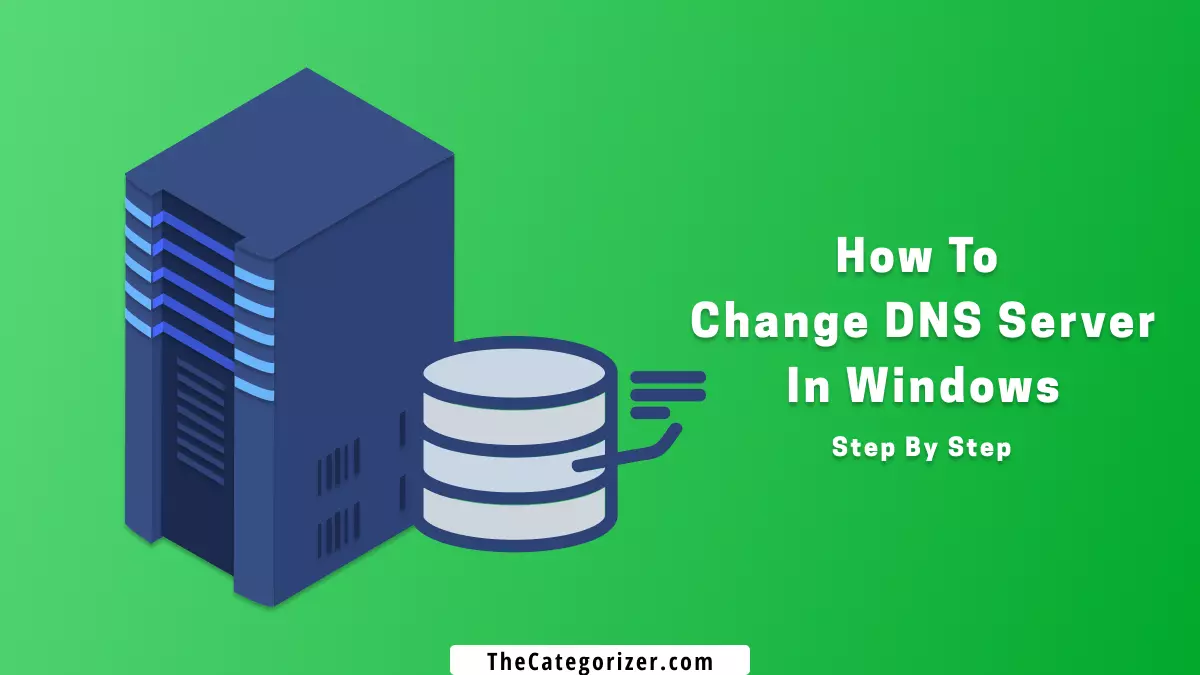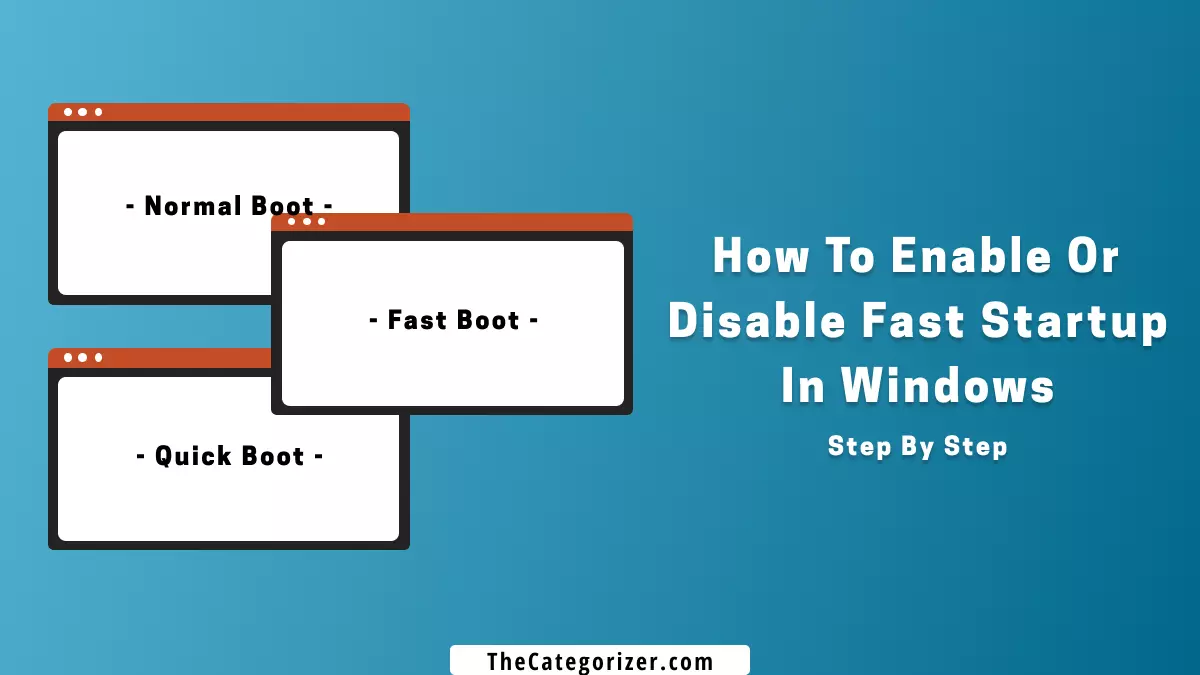Overview – Credential Manager in Windows 11
Previously, Windows Credential Manager was introduced with Windows Vista as part of the Protected Storage system. It is a location where the Usernames, Passwords, Addresses, Login Information, and other sensitive data of a user are stored separately for both the web and System Activities and letting the users store all their saved login information in one central location where they can access it quickly and easily.

Let’s breakdown what we’re going to understand in this article:
Types of Credentials Stored in Windows
1. Certificate-Based Credentials
They’re primarily utilized for corporate network setups involving the use of smart cards. The majority of individuals will never need to use such credentials unless they use a smart card due to any reason.
2. Generic Credentials
Some external third-party applications need to utilize the Windows System Resources for work, so these certificates are designated and given authorization/approval during the application installation in Windows. Some apps using generic credentials are Slack, VsCode Editor, Github, etc.
3. Web Credentials
It involves the Storage of usernames, passwords, and login details of websites visited by the user. The data is automatically retrieved while surfing websites because of the use of Credential Management API integrated with forms and other inputs in the HTML Code, and you need not sign in every time repeatedly.
4. Windows Credentials
These credentials are used by Microsoft Windows and services such as Windows Virtualization and Hyper-V. They are responsible for authenticating the Windows Based Local Network Shares, homegroups, virtual machines, and other Services and holding their sensitive data including usernames, passwords, IP addresses, login information, etc.
How To Open Credential Manager on Windows
Step 1: Open the Control Panel from the Start Menu and click the “User Accounts” option.

Step 2: Navigate between the “Windows Credentials” and “Web Credentials” options to manage the respective credentials by selecting the respective option.

How To Create New Credentials in Windows
In Windows, we can only create Windows Credentials, generic credentials, and certificate-based credentials, the Web credentials cannot be created manually.
Step 1: Click the User Accounts in the Control Panel, select the “Manage Windows Credentials” tab, and select the “Add a Windows Credential” option.

Step 2: Fill in the required login details depending on the type of credential being created (including IP Address, User name, and Password), and press the “OK” button.
Step 3: Once the credential is created, it’ll appear under its respective category.

How To Edit Existing Credentials in Windows
In Windows, we can modify/edit the Windows Credentials only. Before we proceed to edit the Windows credentials, it is recommended not to make changes in the default ones otherwise some Windows services will lead to some functionality issues.
Step 1: In the Windows Credentials tab, select the credential that you want to modify, and click the “Edit” option.

Step 2: Modify the existing server, username, or password and press the “Save” button.
How To Delete Existing Credentials in Windows
Step 1: In the Windows Credentials tab, select the credential that you want to modify, and click the “Remove” option.

Step 2: A new window will appear. Select the “Yes” button to remove the credential permanently.

How To Backup the Windows Credentials
Note: We can backup the Windows Credentials only and do not share the Windows Credentials with anyone.
Step 1: In the Windows Credentials tab, select the “Back up Credentials” option.

Step 2: Click the “Browse” button and select the destination where you want to save the backup credentials in the “.crd” file format. Press the “Next” button.

Step 3: Press the “Ctrl + Alt + Delete” key combination to back up the credentials on Windows and add the Password to protect the Credentials file backup.

How To Restore the Windows Credentials
Step 1: In the Windows Credentials tab, select the “Restore Credentials” option.

Step 2: Select the “Browse” button and select the backed-up credentials file (“.crd” file extension)

Step 3: Press the “Ctrl + Alt + Delete” key combination and enter the password to restore the backed-up credentials on Windows.

FAQs Related to Windows Credentials
Where are the Windows Credentials stored in Windows?
The Windows Credentials are actually located in the following path in Windows:
C:\Users\UserName\AppData\Roaming\Microsoft\Credentials
Do I need to add a windows credential?
No, the Windows Credentials are added automatically whenever you save any password on your Windows OS or while saving the passwords on the web.
Next Steps
We’ve covered how to use the credential manager in Windows.
Overall, we can consider that the Windows Credential Manager is a valuable resource designed by Microsoft to help user retrieve their lost passwords and acts as a centralized location for saving passwords, usernames, and other necessary credentials in Windows.
Further, customize your device’s configuration by following the related articles below.
Related Articles
How To Change DNS Server in Windows
Speed up the internet on your computer by modifying the DNS configuration.
Refresh Environment Variables
Edit and modify the variable values and configure the environment variables settings on your computer.
Check DirectX Version
DirectX plays a major role in graphics processing. Check whether or not the DirectX version is compatible with your computer.





